VA Military Memories Competition
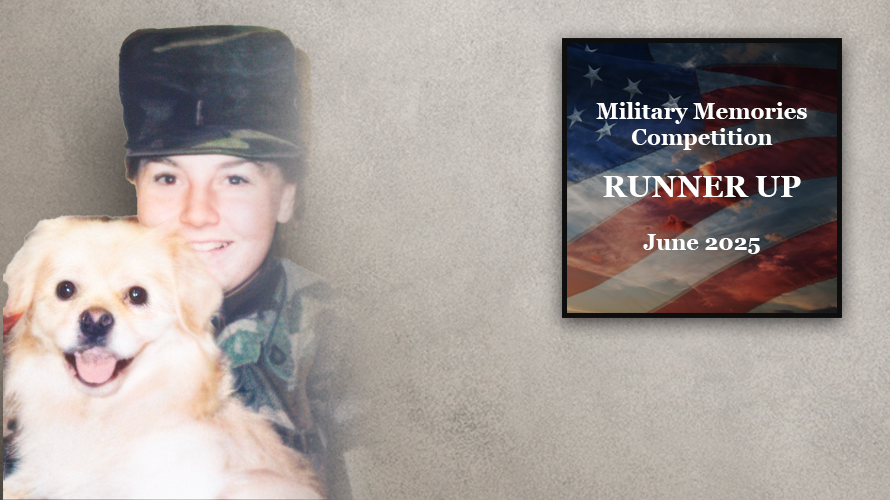
SPC Leslie Wuest, U.S. Army (1986-1988)
What Advice Would You Give A New Recruit Just Starting Out Their Military Career?:
Starting a military career is one of the most rewarding and challenging journeys you’ll ever take. It’s a life of discipline, duty, and dedication, but it’s also about making sure your hard work is seen and recognized. As SPC4 in the Army that worked in personnel and on the Road as an MP, I saw all too often people who were excellent soldiers just had nothing in their file and were often overlooked. Promotions don’t just happen; they’re earned, often by people who may never meet you in person. They’ll only see a snapshot of your efforts through your file. That file tells your story, so make it an unforgettable one.
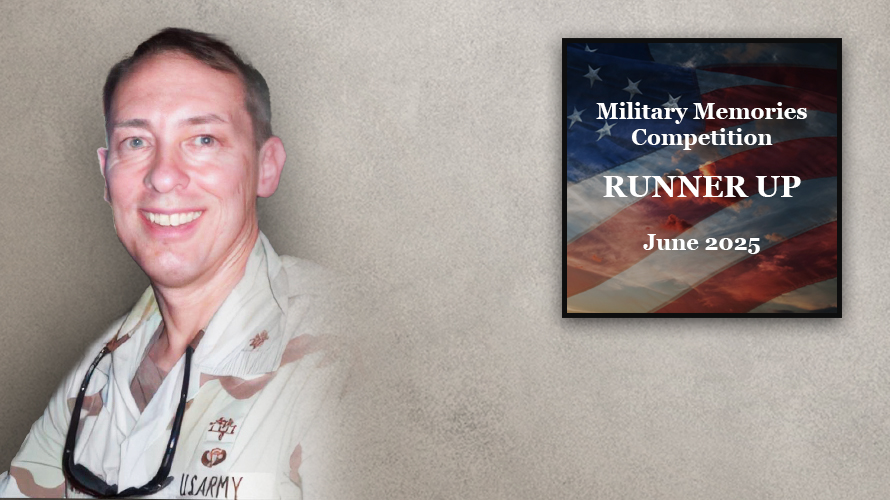
MAJ Scott Meehan, U.S. Army (1980-2005)
What Advice Would You Give A New Recruit Just Starting Out Their Military Career?:
When I first signed on the dotted line to join the Army, my plan was simple: serve three years and get out. That changed quickly. Just over a year into my enlistment, I got married and soon had a child with another on the way. Life had shifted, and so had my path. I re-enlisted for an additional four years after receiving orders for an overseas assignment in Berlin.
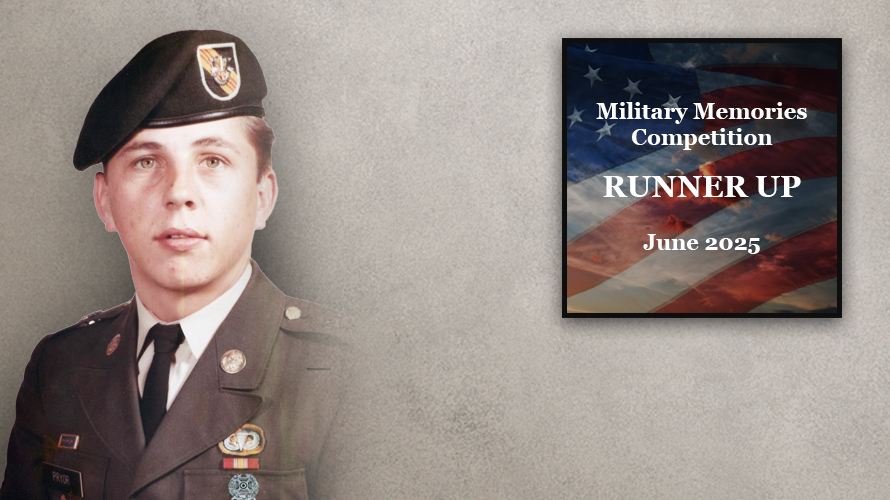
SGT Robert D. Pryor, U.S. Army (1967-1969)
What Advice Would You Give A New Recruit Just Starting Out Their Military Career?:
Those entering the military should pay attention to every word in training. Learn from those with superior training, experience, and higher ranks. If stationed abroad, learn the language and customs. You never know what seemingly trivial lesson may be the one that saves your life or that of a buddy. Learn to be the “gray man.” I learned that lesson the hard way when I couldn’t stay in step in Basic Training. Consequently, I spent a lot of time with grease traps. While cleaning one, someone entered the Mess Hall, asking who signed up to be a paratrooper. That wasn’t me. I was a wimp and the last one chosen when picking teams as a kid. They added that everyone going Airborne needed to take the Airborne Physical Training test. I took that test to get out of the grease trap and barely passed.
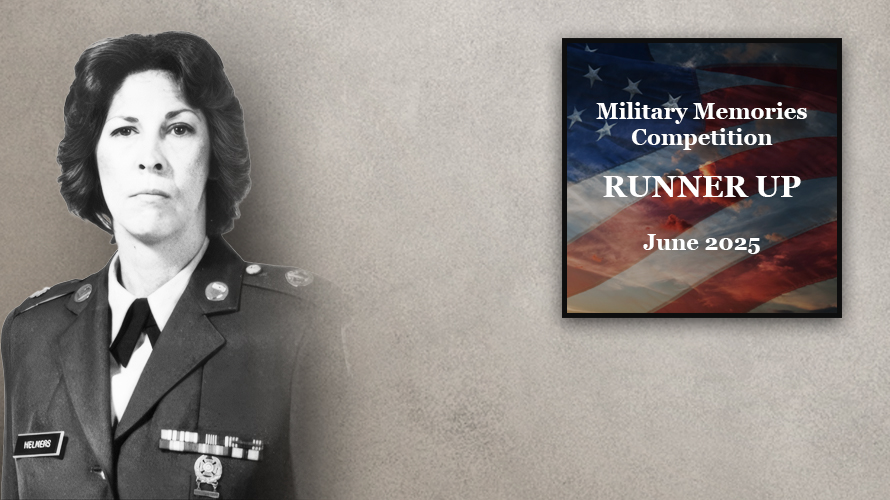
SSG Victoria Ryan, U.S. Army (1973-1988)
What Advice Would You Give A New Recruit Just Starting Out Their Military Career?:
There Is A Right Way . . . There Is A Wrong Way . . . And There Is The Army Way! These were words spoken loudly and forcefully from the time I, as a recruit, exited the bus at Fort McClellan, Alabama, my basic training station, on numerous occasions until my graduation to Advanced Individual Training (AIT) several months later. Other applicable words included This Is Not The Army . . . This is Basic Training. And, all I could think was, “thank goodness.”
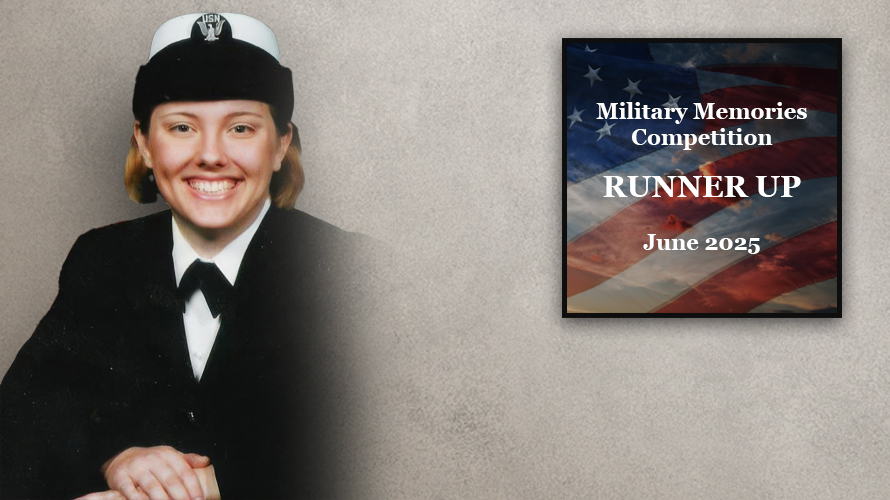
SK2 Carolyn Pivarnik, U.S. Navy (2000-2005)
What Advice Would You Give A New Recruit Just Starting Out Their Military Career?:
Two pieces of advice: 1) Keep all your request chits, and 2) Explore! For the first, I was able to renegotiate an evaluation because of this. I was marked down for not trying to pursue higher education, even though I had repeatedly sent chits up the chain of command to do so. They would either be denied or my work schedule would be changed, making it impossible for me to follow through with classes. When my evaluation came back to me to sign, I refused to until they changed that category to a better score, and I was able to prove my case because I had heeded the early advice given to me and saved all my request chits. When my chiefs saw their own signatures, they changed the score to a Promote.
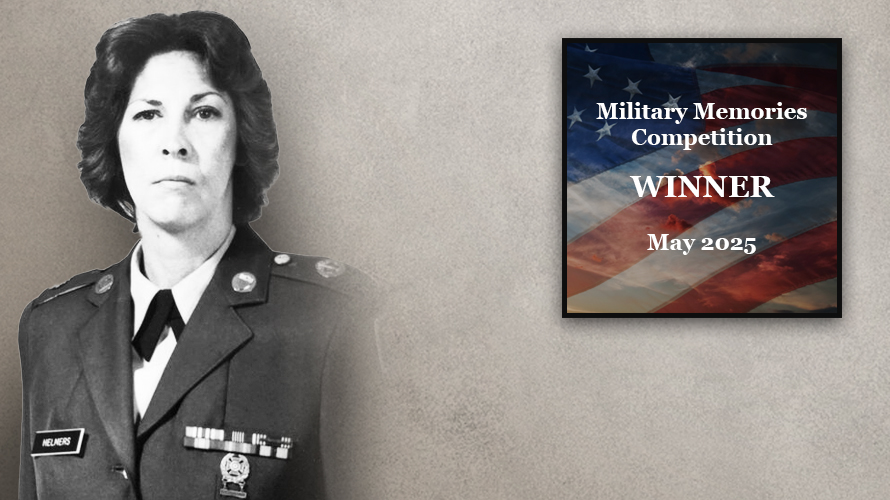
SSG Victoria Ryan, U.S. Army (1973-1988)
I’d been assigned to West Point for over a year when I met my future husband, SP4 Rodney Helmers, in early 1978. That summer, Rod had a vehicle accident determined to have been caused by a seizure while driving. It seemed like a one-off, and I was not overly concerned. We married at West Point in December 1978 and were awarded government quarters on-post shortly thereafter. In April 1979, we were joyous to learn I was pregnant.